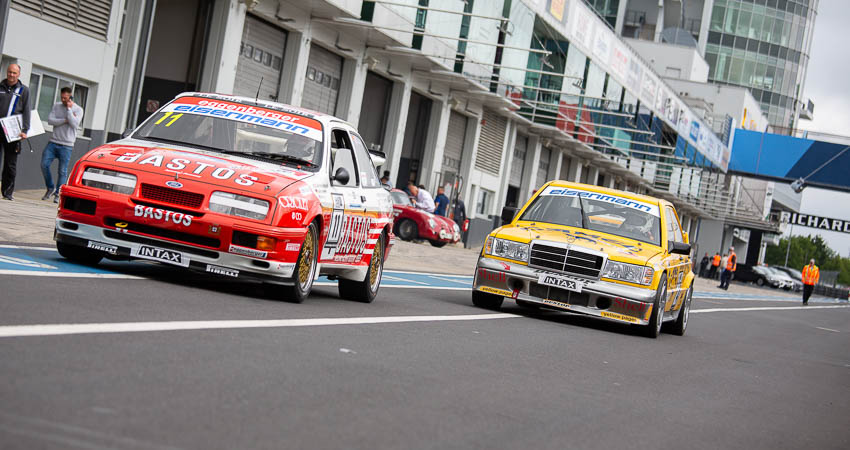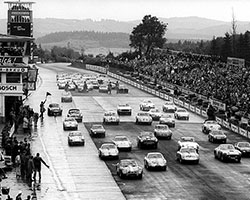A decade, from the mid-1980s to the mid-90s, made the German Touring Car Championship one of the most colourful, wild and attractive racing series in Germany. The golden era lives on - at the Nürburgring Classic. 23 teams and cars are at the start - we are delighted about the great response rate for the races with these historical delicacies.
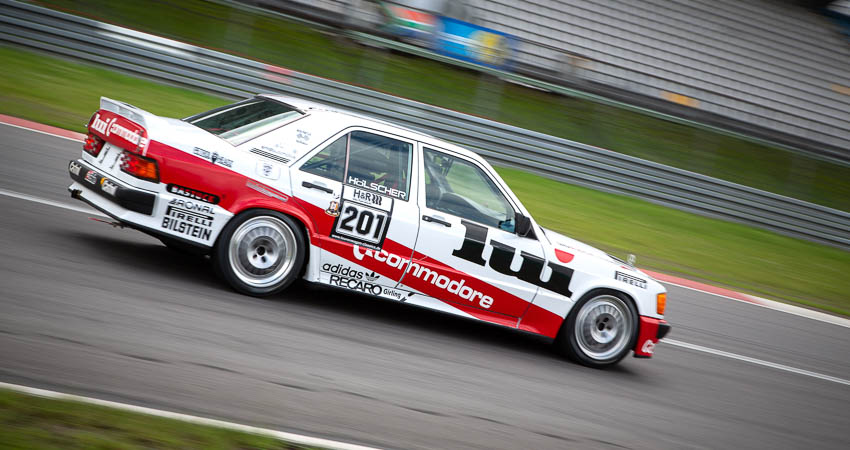
How the cars got going
As the most important racing series, the German Touring Car Championship brought a golden era to German motorsport between 1984 and 1995. As such, it lives on at the Nürburgring Classic.
Before the golden era, there had been the DRM since 1972, in which touring cars from Ford, BMW and Porsche competed for the German Racing Championship. After several changes to the regulations and technical upgrades up to Group C sports cars, which were extremely expensive to develop, only a few participants competed. The ONS, the Supreme National Sports Commission, reacted with a radical step and established new regulations for touring cars close to series production. The new regulations were based on the FIA Group A cars from the European Touring Car Championship. To emphasise the closeness to series production, the new series was initially called the "German Production Car Championship".
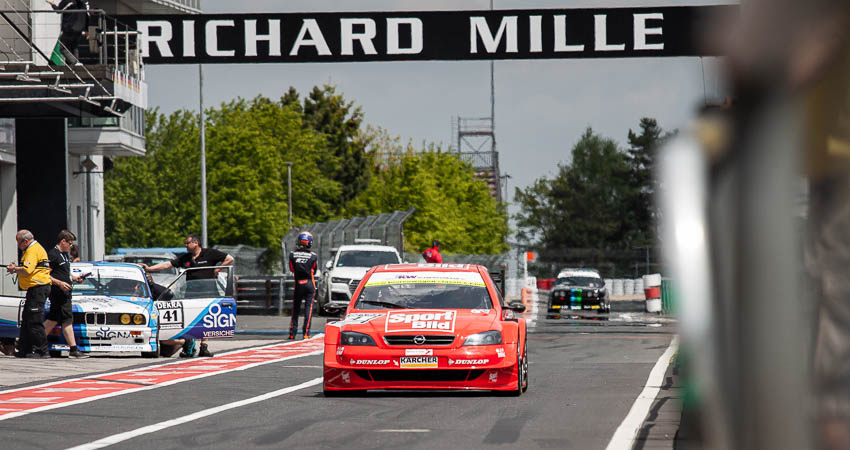
The facilitated access proved successful: already in the first season, seven different vehicles claimed a victory: Rover Vitesse, BMW 635 CSi and 325i, Alfa Romeo GTV6, Ford Mustang, Chevrolet Camaro and Volvo 240 Turbo. The field of participants became even more colourful due to the brand diversity of the non-winning teams. In order to be more attractive for spectators and sponsors, the race series showed two separate scoring runs in a row. Soon, tens of thousands of spectators gathered at the race tracks and several TV stations broadcast live - in 1992, the media presence of the golden era peaked at 86 stations in 52 countries.
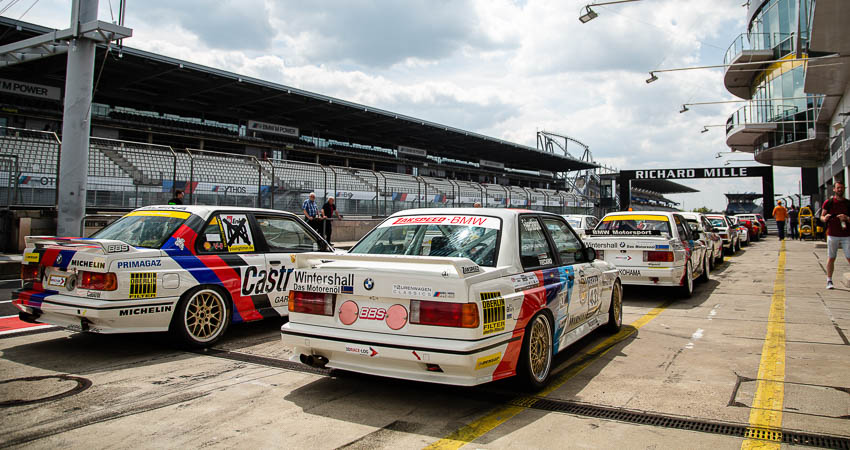
A diverse, colourful picture of very different racing cars
The colourfulness and diversity is impressively demonstrated in the Golden Era races of the Nürburgring Classic: Opels from the C-Kadett to the Ascona 400 to the Vectra race car compete for victory with a broad field of different 2002, 3 Series and M3 BMWs as well as Alfa 156s and the wild turbo Volvo five-cylinders.
List of Cars and Teams
While the colourful picture of very different racing cars was initially kept alive by private teams and tuners, this racing series was later professionalised into a works championship of the major brands Audi, Alfa Romeo, BMW, Mercedes-Benz, Ford and Opel. It was attractive to the public because of the marked equality of the vehicles, which led to exciting duels. Especially when the classification races started in front of a large crowd as part of the 24-hour race at the Nürburgring, the attention was huge.
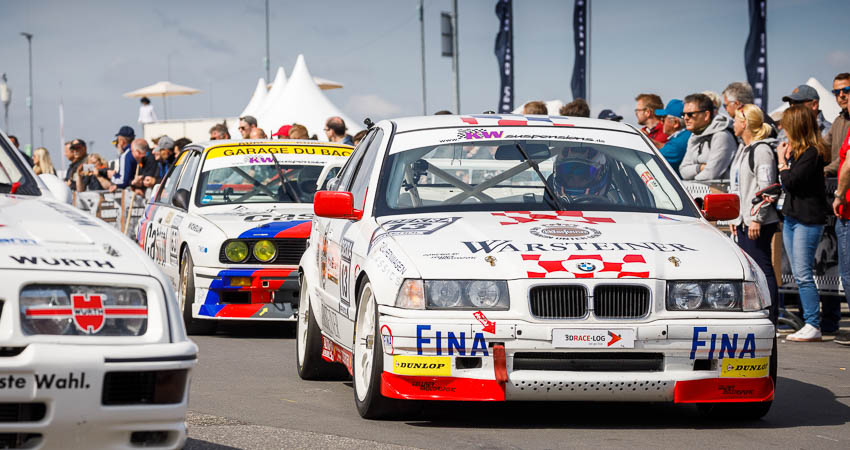
From turbos back to naturally aspirated engines
As before in the DRM, the commitment of the works teams led to technical upgrades that private teams could not keep up with. As a result, the starting field thinned out. In 1988, for example, 46 touring cars were on the grid at the finale in Hockenheim. At the last race with "Group A" cars in 1992, there were only 27. Among other things, the explosion in performance due to turbo engines - especially in the form of the high-flying Ford Sierra Cosworth - was the decisive factor for a change in the regulations. In 1991, turbo engines were banned. This ban caused Ford to withdraw from the racing series.
Audi filled the gap, in compliance with the rules, with a naturally aspirated engine, but not with a 2.5-litre four-cylinder like the competition, but with the 3.6-litre V8 from the Audi 200, which was also Quattro-powered. Audi used this gap very successfully with two drivers' championships until another rule change led to the brand's exit in 1992. The upgrading measures of the works teams had made the idea of a production-based touring car absurd.
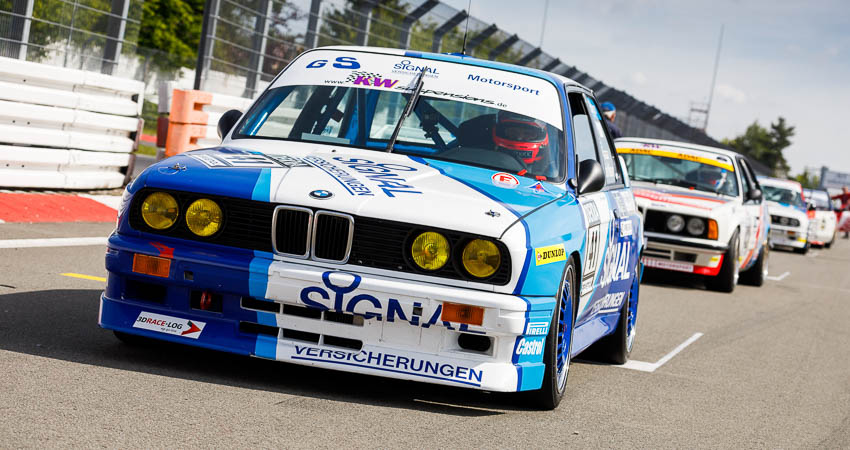
The time of the prototype racing cars
Consequently, heavily modified vehicles were used from 1993 onwards. In particular, the previous sheet metal bodies were allowed to be replaced by carbon fibre ones. This made the cars de facto prototype racing cars. The engine regulations allowed four- and six-cylinder engines with 2500 cm³ and they were constructed with similar effort as Formula 1 engines of that time. The result was power outputs of up to 500 hp. After one manufacturer after the other had withdrawn from the touring car championship, in 1993 only Mercedes and Alfa Romeo were left. Alfa started brilliantly with the 155, newly introduced in 1992, and outclassed the 190 from Mercedes-Benz.
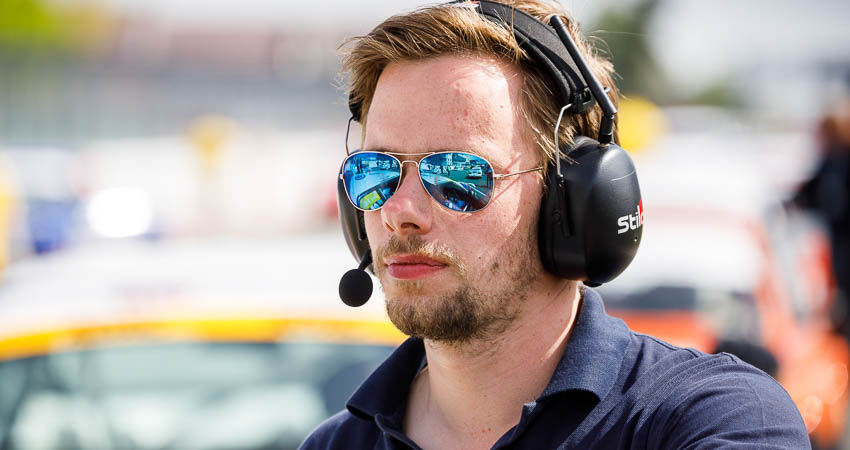
The end and a new beginning
Opel returned to the 1993 finale with its new Calibra V6 4×4 and Mercedes returned to old glory when it entered the then new C-Class from 1994. Also, in order to spread the high development costs more widely, five rounds of the International Touring Car Championship were held in 1995 in addition to seven races in Germany. Just one year later, however, the German Touring Car Championship disappeared. In 2000, it was reanimated as the German Touring Car Masters - but that is another story.

